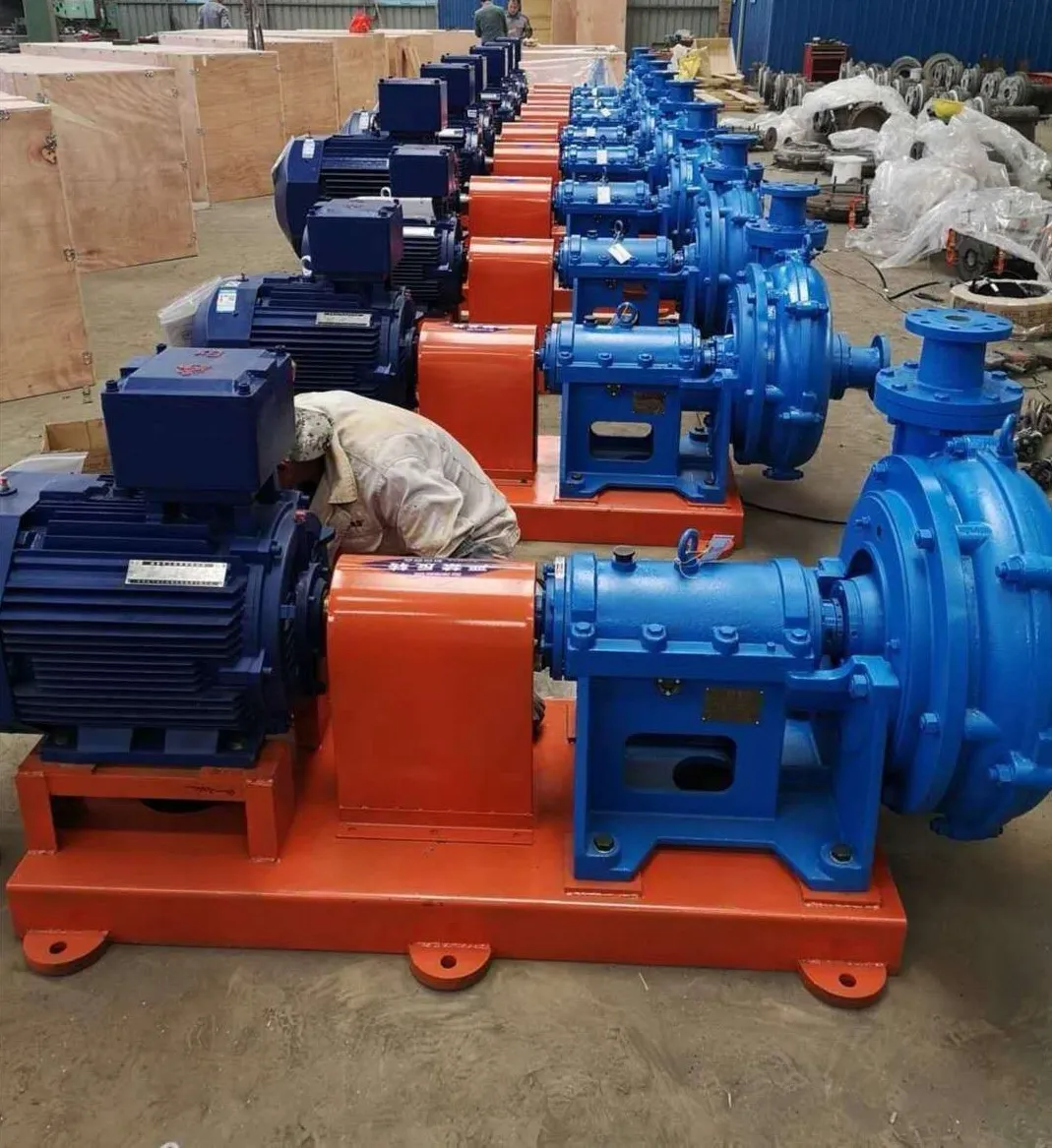Sinhala
- Afrikaans
- Albanian
- Amharic
- Arabic
- Armenian
- Azerbaijani
- Basque
- Belarusian
- Bengali
- Bosnian
- Bulgarian
- Catalan
- Cebuano
- Corsican
- Croatian
- Czech
- Danish
- Dutch
- English
- Esperanto
- Estonian
- Finnish
- French
- Frisian
- Galician
- Georgian
- German
- Greek
- Gujarati
- Haitian Creole
- hausa
- hawaiian
- Hebrew
- Hindi
- Miao
- Hungarian
- Icelandic
- igbo
- Indonesian
- irish
- Italian
- Japanese
- Javanese
- Kannada
- kazakh
- Khmer
- Rwandese
- Korean
- Kurdish
- Kyrgyz
- Lao
- Latin
- Latvian
- Lithuanian
- Luxembourgish
- Macedonian
- Malgashi
- Malay
- Malayalam
- Maltese
- Maori
- Marathi
- Mongolian
- Myanmar
- Nepali
- Norwegian
- Norwegian
- Occitan
- Pashto
- Persian
- Polish
- Portuguese
- Punjabi
- Romanian
- Russian
- Samoan
- Scottish Gaelic
- Serbian
- Sesotho
- Shona
- Sindhi
- Sinhala
- Slovak
- Slovenian
- Somali
- Spanish
- Sundanese
- Swahili
- Swedish
- Tagalog
- Tajik
- Tamil
- Tatar
- Telugu
- Thai
- Turkish
- Turkmen
- Ukrainian
- Urdu
- Uighur
- Uzbek
- Vietnamese
- Welsh
- Bantu
- Yiddish
- Yoruba
- Zulu
Telephone: +86 13120555503
Email: frank@cypump.com
දෙසැ. . 14, 2024 08:24 Back to list
Sewage Lift Pump Solutions for Efficient Wastewater Management and Disposal
The Importance of Lift Pumps for Sewer Systems
In modern urban infrastructure, the effective management of wastewater is crucial for public health, environmental sustainability, and the overall functionality of urban areas. One key component of wastewater management is the lift pump, which plays a vital role in sewer systems. Lift pumps are designed to elevate wastewater from lower elevations to higher elevations, allowing it to flow towards treatment plants, thereby ensuring a continuous and efficient sewage system.
Understanding Lift Pumps
Lift pumps, also known as sewage pumps, are submersible pumps used in scenarios where gravity alone cannot facilitate the movement of wastewater. They are often installed in sump pits or wet wells, where they collect sewage and wastewater before pumping it to a treatment facility or a gravity sewer line. These pumps are essential in areas where the sewage needs to be transported uphill or where the elevation of buildings or sewer systems is lower than the main sewer line.
Working Mechanism
The working principle of lift pumps is relatively straightforward. When wastewater enters the sump pit, it triggers the pump’s float switch, activating the pump. The pump then forces the sewage through a piping system, overcoming gravitational resistance. Different types of lift pumps, such as duplex, simplex, and grinder pumps, are utilized depending on the specific needs of the infrastructure. For instance, grinder pumps are equipped with sharp blades that grind solid waste into smaller particles, preventing clogs and ensuring smooth operation.
Benefits of Lift Pumps
1. Enhanced Wastewater Management Lift pumps allow for effective management of wastewater in various terrains, ensuring that sewage flows smoothly to treatment facilities regardless of elevation.
lift pump for sewer

2. Environmental Protection By preventing sewage overflow and backups, lift pumps help protect local water sources from contamination. This is particularly important in urban environments where infrastructure is densely packed.
3. Cost Efficiency By facilitating gravity flow, lift pumps can reduce the need for extensive and expensive sewer line installations and renovations. They provide a sustainable solution that can prolong the lifespan of existing infrastructure.
4. Adaptability Lift pumps can be installed in a variety of settings, from residential buildings to commercial complexes and municipal systems. Their adaptability makes them a versatile choice for managing wastewater in diverse regions.
5. Reduced Odor and Public Health Risks An efficiently operating lift pump system minimizes the risk of sewage backups, which can lead to unpleasant odors and public health hazards. This is especially relevant in densely populated areas where sanitation is a top priority.
Maintenance Considerations
Like any mechanical system, lift pumps require regular maintenance to ensure optimal performance. This includes routine inspections, cleaning, and addressing any mechanical wear or electrical issues. Neglecting maintenance can lead to pump failures, resulting in costly repairs, environmental risks, and public health concerns.
Conclusion
Lift pumps are an indispensable element of contemporary sewer systems, providing essential support for efficient wastewater management. Their ability to elevate sewage in challenging topographical situations makes them crucial for urban infrastructure. As cities continue to grow and evolve, the importance of reliable and efficient lift pump systems will only increase, emphasizing the need for investment in maintenance and innovative technologies. In summary, lift pumps help protect public health and the environment while ensuring the smooth operation of urban sewer systems, thereby playing a critical role in municipal wastewater management strategies.
-
High-Performance Air Pumps for Sand & Gravel | Efficient Transport
NewsAug.03,2025
-
ISG Series Vertical Pipeline Pump - Chi Yuan Pumps Co., LTD.|Energy Efficiency, Corrosion Resistance
NewsAug.03,2025
-
ISG Series Pipeline Pump - Chi Yuan Pumps | Energy Efficiency&Compact Design
NewsAug.03,2025
-
ISG Series Vertical Pipeline Pump - Chi Yuan Pumps Co., LTD.|High Efficiency, Low Noise, Durable
NewsAug.02,2025
-
ISG Series Vertical Pipeline Pump - Chi Yuan Pumps | High Efficiency, Low Noise
NewsAug.02,2025
-
ISG Series Vertical Pipeline Pump- Chi Yuan Pumps Co., LTD.|High Efficiency&Compact Design
NewsAug.02,2025










